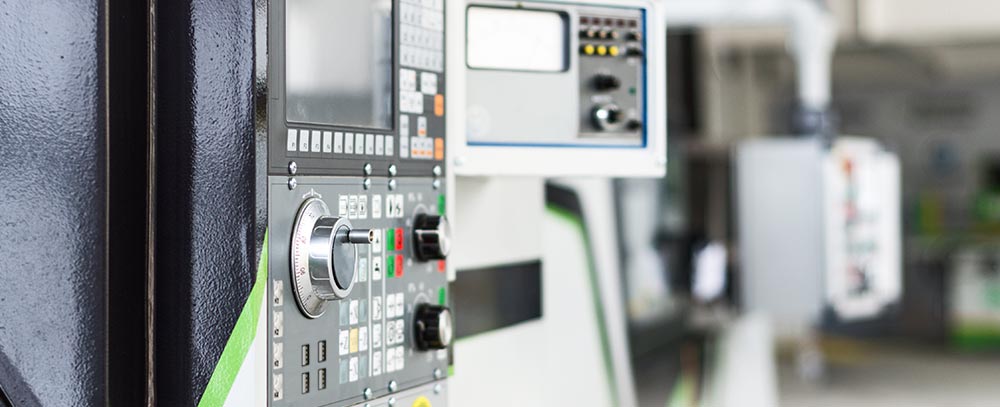USB - Choosing the right bus in Automation

Ubiquity in electronics can be defined by a variety of components, from PCBs to CPUs, many of which emerge for a time, some of which were developed decades ago and remain fundamental to this day. Universal Serial Bus, or USB, debuted in 1995, and has since developed into perhaps the most popular I/O form of connectivity across both commercial and industrial computing applications.This surge in popularity over the last decade can be attributed to a number of things, but one feature of this interface is key to its rise to become the I/O option of choice for most industrial computing projects.
Then, in 1995, USB 1.0 began emerging into systems, with one or two ports being included as standard in both industrial and commercial I/O capabilities. Although many peripheral manufacturers didn’t yet support the interface, the market was soon shifting towards USB being the standard for connectivity between computers and their respective accessories.
The flexibility and standardisation potential of the USB interface was the driving force behind its ascendance, and after the ground-breaking introduction of USB 3.0 in 2009, the massive 5Gbps throughput gave industrial applications the tool they needed to begin fully automating their workflow. Shift forward to 2019 and USB takes care of charging options, display ports, connectivity to every conceivable device from speakers to diagnostic tools and more, allowing USB to be a chief contender for the number one I/O option for industrial computing applications.
The specification for USB 4.0 was released in 2019, and dangles the enticing carrot of 40Gbps throughput and Thunderbolt design incorporation. This kind of power through I/O opens many doors, such as 4k displays or HD images, daisy-chaining of screens and other Thunderbolt-based technology, and is set to hit the market sometime next year.
These are likely questions that can easily be answered based on your overall project outline, but choosing the right USB option can take experience and expertise. Here at Impulse our technical team work closely with global I/O experts Sealevel, having enjoyed a twenty-year relationship with their team since 1999, just four years after USB was first launched into the marketplace. With your guidance on your project requirements, and the combined knowledge of the Impulse and Sealevel technical teams, Impulse can provide you with with the perfect USB specification for your application, and lifetime support for your industrial project.
What sets USB apart?
The important point to look at first, is what USB replaced. You may remember in the nineties connecting your various peripherals via PS/2, serial, parallel ports the size of a letterbox. Often, these ports would require their own expansion cards, were expensive on space, and configuration, especially in multi-system industrial applications, was difficult, specialised, and labour-intensive to carry out.Then, in 1995, USB 1.0 began emerging into systems, with one or two ports being included as standard in both industrial and commercial I/O capabilities. Although many peripheral manufacturers didn’t yet support the interface, the market was soon shifting towards USB being the standard for connectivity between computers and their respective accessories.
The flexibility and standardisation potential of the USB interface was the driving force behind its ascendance, and after the ground-breaking introduction of USB 3.0 in 2009, the massive 5Gbps throughput gave industrial applications the tool they needed to begin fully automating their workflow. Shift forward to 2019 and USB takes care of charging options, display ports, connectivity to every conceivable device from speakers to diagnostic tools and more, allowing USB to be a chief contender for the number one I/O option for industrial computing applications.
The future for USB in Industrial Automation
In today’s industry, many factories are shooting for complete digitisation, with industrial automation being at the forefront of their focus. Through machine condition-monitoring, visual automation, automated machines and more, the requirement for fast, standardised I/O, coupled with powerful embedded systems, is only increasing.The specification for USB 4.0 was released in 2019, and dangles the enticing carrot of 40Gbps throughput and Thunderbolt design incorporation. This kind of power through I/O opens many doors, such as 4k displays or HD images, daisy-chaining of screens and other Thunderbolt-based technology, and is set to hit the market sometime next year.
So, which bus do I need?
The first question you should ask yourself, is: “What does my application need?” Answers to this could include the type and level of data transmission you need, and whether you require USB power transfer for device charging. What kind of cable best suits your application — standard or industrial grade? Do you need a custom, durable, rugged I/O solution to handle an extreme application?These are likely questions that can easily be answered based on your overall project outline, but choosing the right USB option can take experience and expertise. Here at Impulse our technical team work closely with global I/O experts Sealevel, having enjoyed a twenty-year relationship with their team since 1999, just four years after USB was first launched into the marketplace. With your guidance on your project requirements, and the combined knowledge of the Impulse and Sealevel technical teams, Impulse can provide you with with the perfect USB specification for your application, and lifetime support for your industrial project.